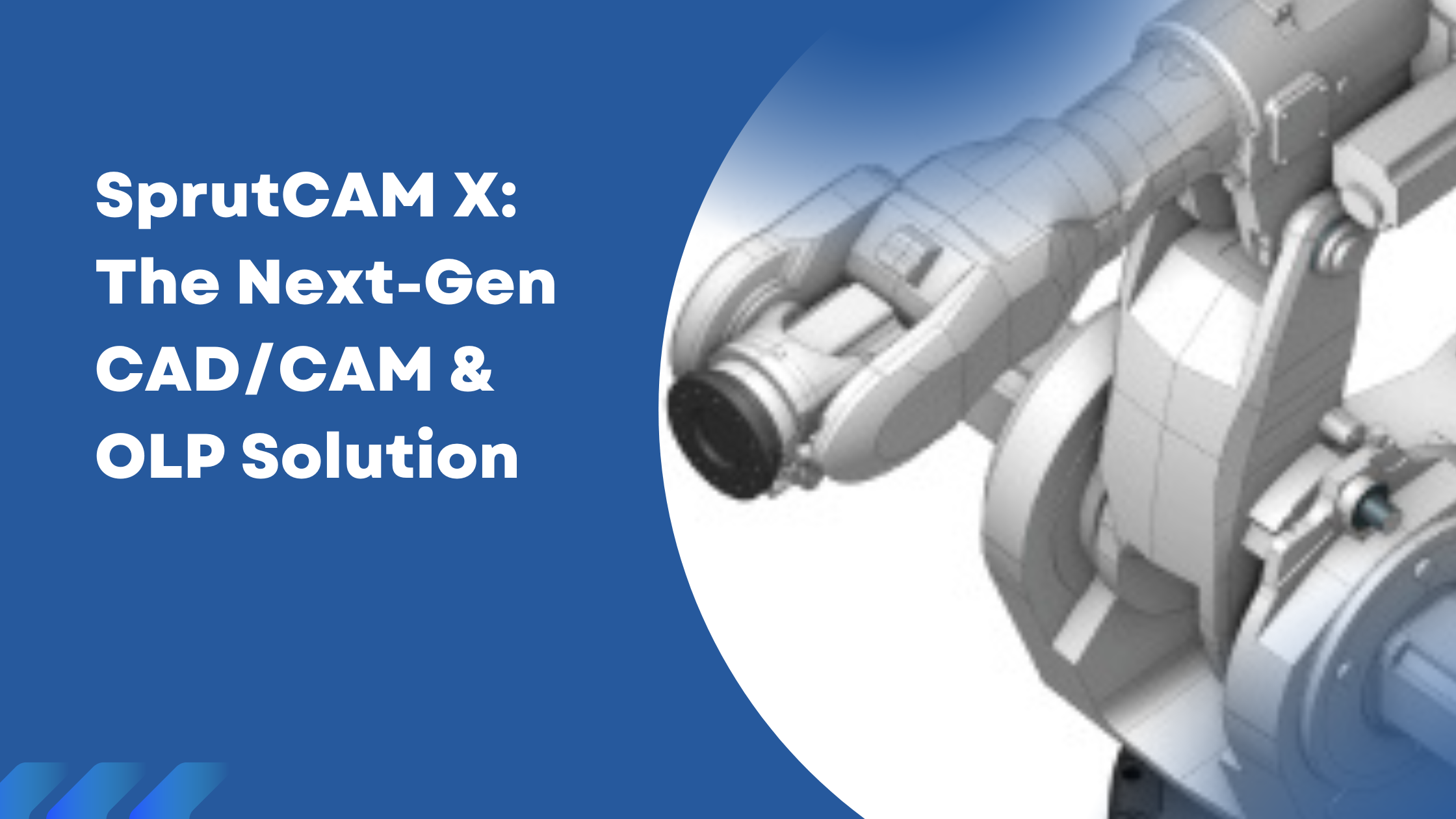SprutCAM X: The Next Generation of CAD/CAM and Offline Programming for Makers

In today’s fast-paced world of manufacturing and design, the demand for advanced CAD/CAM and Offline Programming (OLP) tools is growing rapidly. From hobbyists to professionals, makers need software that enhances precision, simplifies workflows, and boosts creativity. That’s where SprutCAM X comes in — a powerful, all-in-one solution built for the next generation of creators.
Unleashing Creativity with Advanced CAD/CAM Tools
At its core, SprutCAM X is powered by cutting-edge CAD/CAM technology. It helps makers turn their ideas into reality with speed and precision.
Whether you’re designing prototypes or fabricating complex parts, SprutCAM X offers a full suite of tools to streamline the process. Start from 2D sketches or import 3D models — the intuitive interface makes designing simple and enjoyable.
With support for a wide range of file formats and seamless integration with popular design software, SprutCAM X fits easily into your current workflow.
Precision Engineering with Offline Programming (OLP)
SprutCAM X also transforms the way you approach CNC machining. Thanks to its advanced Offline Programming capabilities, you can create and test toolpaths virtually — before running a single machine.
Simulating machining operations offline saves time, reduces errors, and helps avoid expensive mistakes. Optimize your toolpaths, preview every operation, and refine your process — all in a risk-free digital environment.
This means less trial-and-error on the shop floor, more efficient production, and smoother project execution from start to finish.
Seamless Integration & Ease of Use
One of SprutCAM X’s biggest strengths is its ease of use. Whether you’re a beginner or a pro, the user-friendly interface helps you focus on your ideas — not the software.
It also works with a wide range of CNC machines, including:
-
3-axis mills
-
Multi-axis lathes
-
Hybrid and robotic setups
Thanks to its large library of post-processors and support for different CNC controllers, SprutCAM X ensures smooth compatibility with almost any machine.
Why Choose SprutCAM X?
SprutCAM X isn’t just a software — it’s a complete solution for modern makers. Here’s why it stands out:
-
Powerful CAD/CAM and OLP tools
-
Fast, accurate, and intuitive interface
-
Wide machine compatibility
-
Reduced risk and cost in manufacturing
-
Ideal for hobbyists, small businesses, and large-scale manufacturers alike
Conclusion
SprutCAM X is redefining what’s possible in design and manufacturing. With its smart features and maker-friendly interface, it empowers you to work faster, better, and more creatively.
Whether you’re building your first prototype or running a full production line, SprutCAM X can take your work to the next level.
Ready to upgrade your workflow?
Join the next generation of makers and explore the future of CAD/CAM with SprutCAM X today.